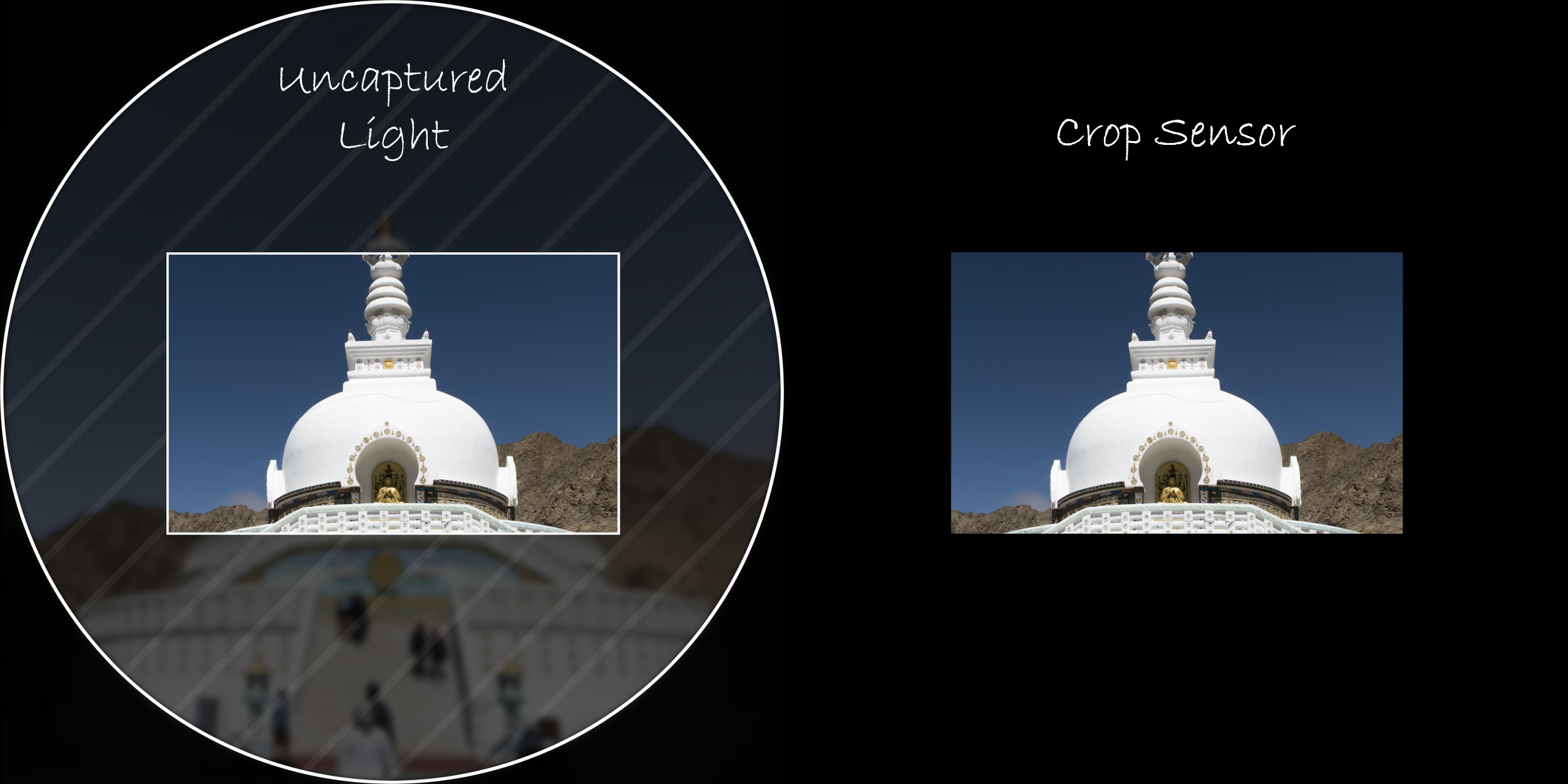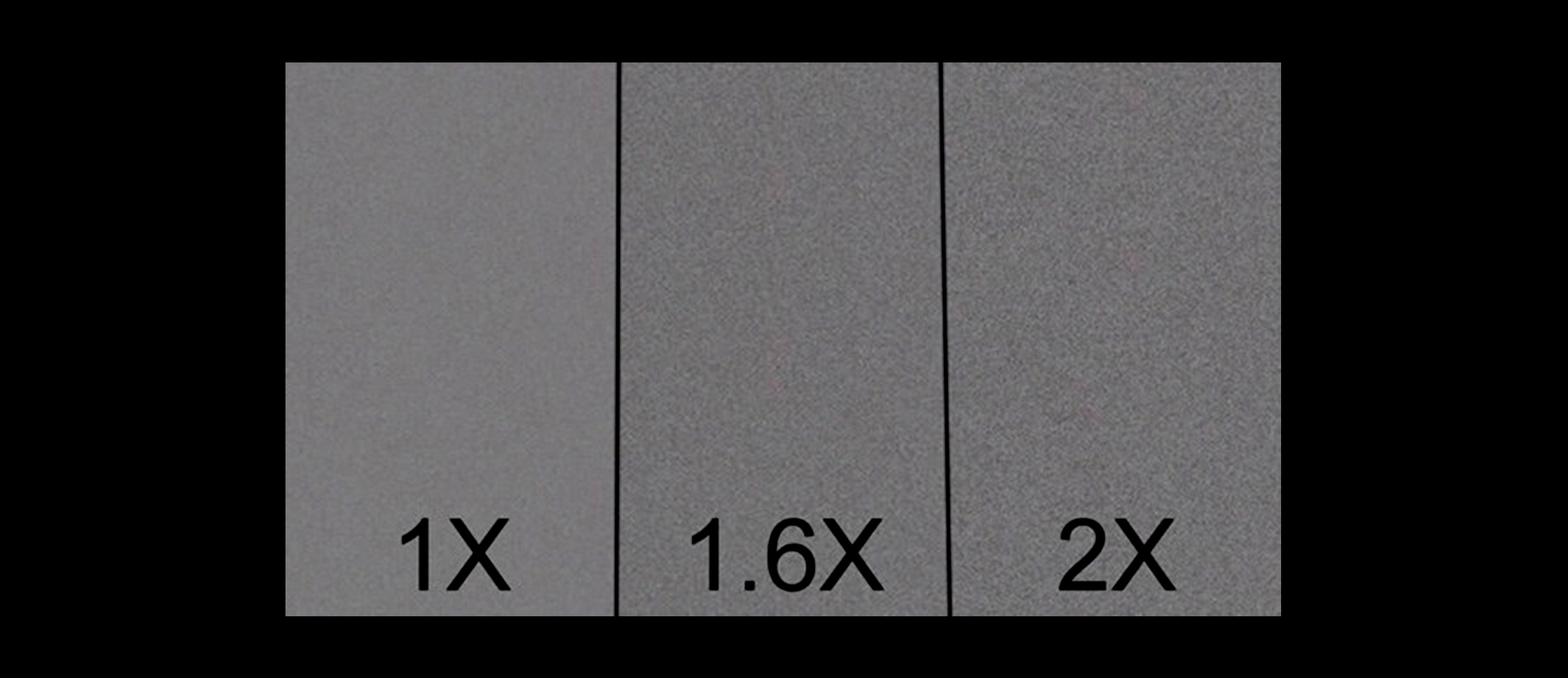
Full Frame Sensor Vs Crop Frame Sensor
Sensor Size :
- Full Frame Sensor ( 35mm ) :
Full-frame sensor camera(Canon 5D,Nikon D800 or similar type) have image sensors that are the same size as 35mm film. Full Frame Sensor(35mm) camera also termed as Full body camera. And it is become the standard format for DSLR camera sensor. This types of sensors are typically found in high end DSLR. Now ,why 35 mm? it’s purely due to historical reasons – 35mm was the dominant size for film cameras and cinematography. As for why film cameras ended up with 35mm. It’s certainly not the largest sensor available – a number of companies (Hasselblad, Phase One, Pentax) make “medium format” sensors which are larger than 35mm sensors.
- Crop Sensor / APS-C :
When anyone starts digital photography they starts with consumer level camera (canon 700D,Nikon D3300 or similar type).This types of camera has ‘Crop Sensor’. Crop Sensor means its sensor size is smaller than Full Frame Sensor (35 mm) camera. Crop sensor camera also termed as Crop body camera.
What is Crop factor :
- 1.5x Crop Factor: Nikon DX (D3300, D5500, D7100 etc.)
- 1.6x Crop Factor: Canon ( 70D, 7D etc.)
look at the below image to understand the above topics clearly.
How lens capture image:
Let’s see how lens capture an image. Lens is circular. When you attach a lens on your camera body, light enters the lens and forms a circular image, but the image sensor is rectangular, so some of that light is not captured for recording (plz see jagged lines in the image below).
For perfect comparison, let’s attach 50 mm lens on both Full body and Crop body. Now keep your camera at the same distance and position from the subject and capture. You will clearly see that 50mm lens gave us a significantly larger field of view (the area we capture) on our Full body camera where as field of view is much narrower in Crop body camera. On a less expansive DSLR, the sensor is usually smaller and it captures less of the light entering the lens. Essentially, the image is being cropped.


Now fasten your seat belt, we are going to understand the two most important concepts.
- Effective Focal Length (Crop factor and Focal Length)
- Effective F-Number (Crop Factor and Depth of Field)
Effective Focal Length (Crop factor and Focal Length) :
When you use same lens (in this case it is 50 mm) on both Full body and Crop body. Crop body images appears as if they are zoomed. Means, 50mm lens on a crop-sensor acts like a 75mm lens (on a 1.5x crop sensor, Nikon) or 80mm lens (on a 1.6x crop sensor, Canon).
So, when the differences between full-frame and crop-sensor cameras are discussed, there is an inevitable question about whether the crop sensor multiplies the focal length ( see the image below ).
Now, the obvious question is ” how do we compare Full body and Crop body in terms of lenses?” To understand the relation more clearly the term “Equivalent 35mm focal length /Effective focal length” has introduced. A simple multiplication can easily solve the relation.
“Sensor Size” changes the ‘Equivalent Focal Length’ — not the ‘True Focal Length’ of the lens.
Effective F-Number (Crop Factor and Depth of Field) :

“Sensor Size” changes the ‘Effective F-Number’ — not the ‘True F-Number’ of the lens.



